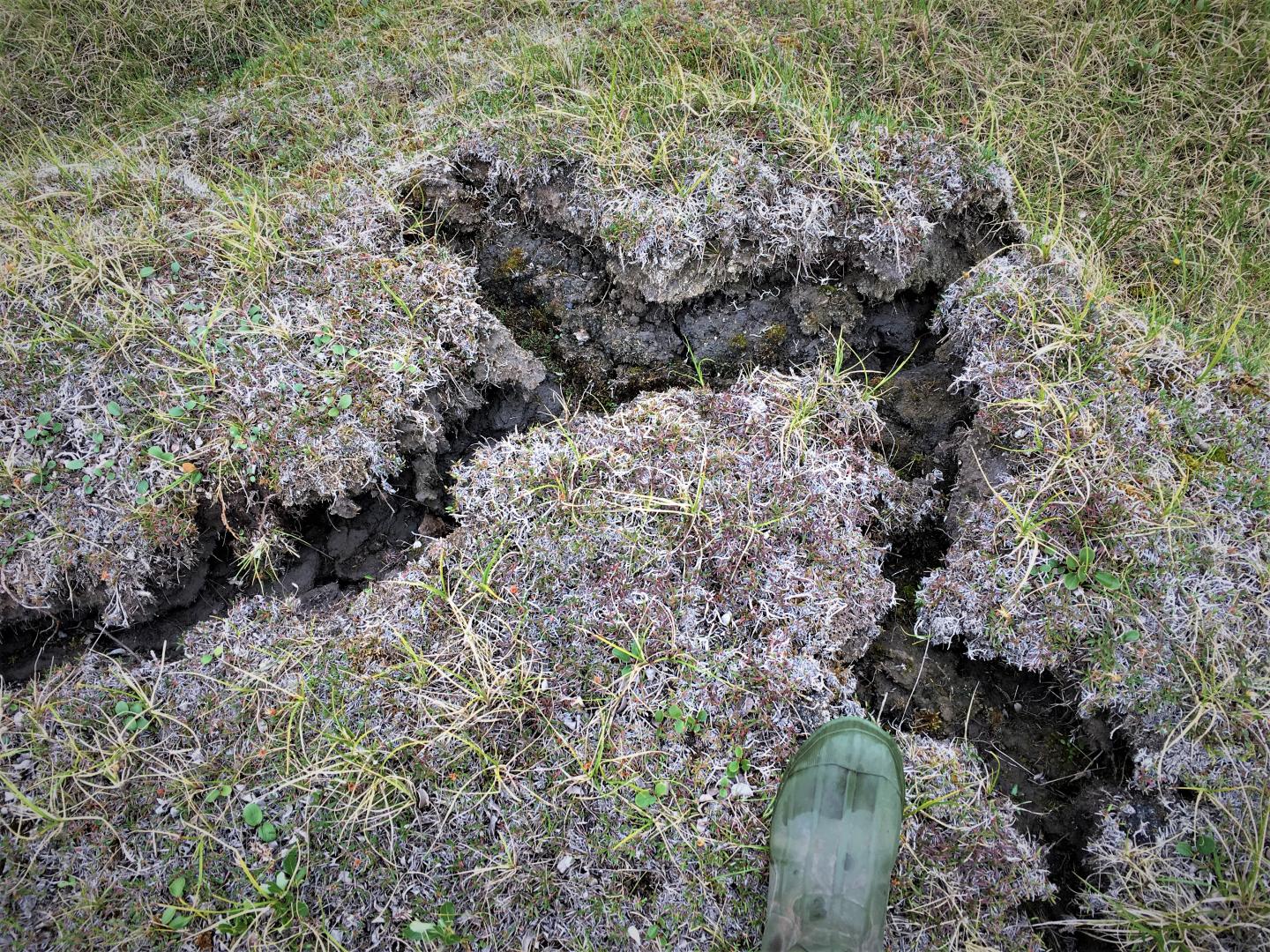A new online scientific resource will document changing permafrost conditions at the sub-meter scale throughout the Arctic, providing researchers, educators and the public with new opportunities for exploration and discovery.
The Permafrost Discovery Gateway, funded by a $3 million National Science Foundation grant from the Navigating the New Arctic initiative, will use satellite images and high-performance computing to document and display a variety of changes in the Arctic.
This is the first time this massive Arctic data set will be compiled into a discoverable format that researchers, educators, and the general public can access. The data that is currently available is patchy and fails to provide a picture of how the massive tundra region is doing overall.
Phenomena such as coastal erosion, landslides and thawing ice-rich permafrost will be combined with air temperature and precipitation maps. Together, the resource will help users form a detailed picture of Arctic change with a focus on thawing permafrost, providing information that can ultimately help inform policies and management in the Arctic.
Researchers from the University of Connecticut, University of Alaska Fairbanks, Ohio State University, the University of Illinois, and the Arctic Data Center at the National Center for Ecological Analysis and Synthesis will lead the development of this online resource. They’ll work with the Alfred Wegener Institute, NASA, the Center for Climate and Health at Alaska Pacific University, and the Polar Geospatial Center at the University of Minnesota.
“We have this large data set, but no one has the tools to make these sets discoverable because of the sheer volume and knowledge gaps,” says Chandi Witharana, the researcher leading UConn’s involvement in this project. Witharana is a professor of natural resources and the environment and a researcher at the Eversource Energy Center.
Researchers from around the world have been collecting data about the Arctic for decades, including some of the information that will be used in the project. The Permafrost Discovery Gateway aims to make this information more accessible to everyone, since it is otherwise scattered across various locations or is too large to explore without technical expertise or access to supercomputers.
Witharana’s team will use AI and supercomputer resources to tackle this problem and deliver science-ready data from satellites for the model.
The online resource will include tools for visualization, analysis and processing of big imagery. Those features will allow users to document, explore and understand changes that have occurred in the Arctic, both large and small.
This project will also help researchers make more accurate predictions about how permafrost melt will affect carbon emissions and global warming.
“When you have a global understanding of these whole systems then you can improve carbon projection models,” Witharana says.
An early version of the Permafrost Discovery Gateway will be available within a year. The research team will add features, refine the design and populate the online resource as the project continues, while gathering user feedback to guide its evolution.
“For the first time arctic scientists, climate modelers, hydrologists, and sociologists involved in arctic science will have access to massive data sets. It’s a common ground for arctic science,” Witharana says. “The impact is immense.”



